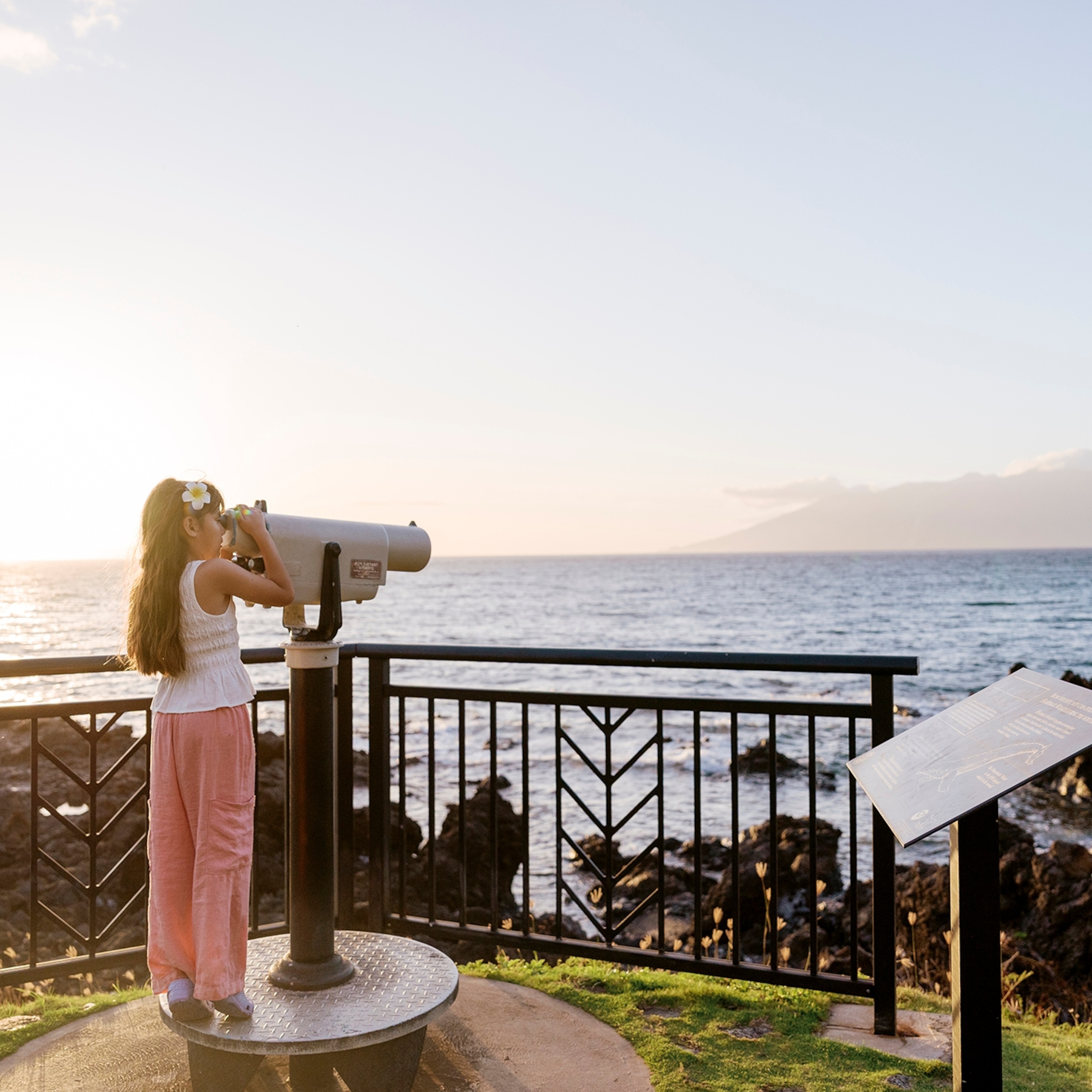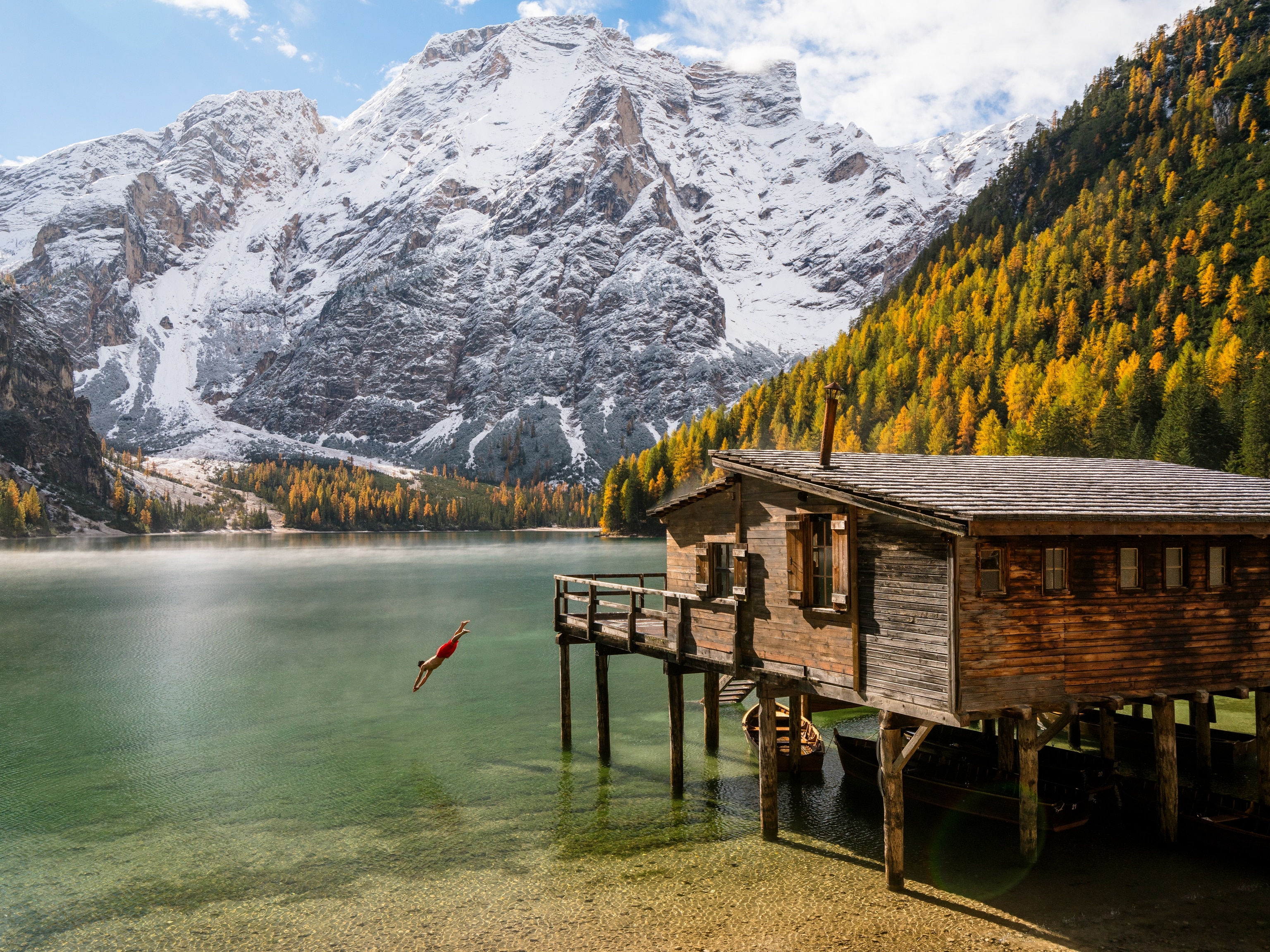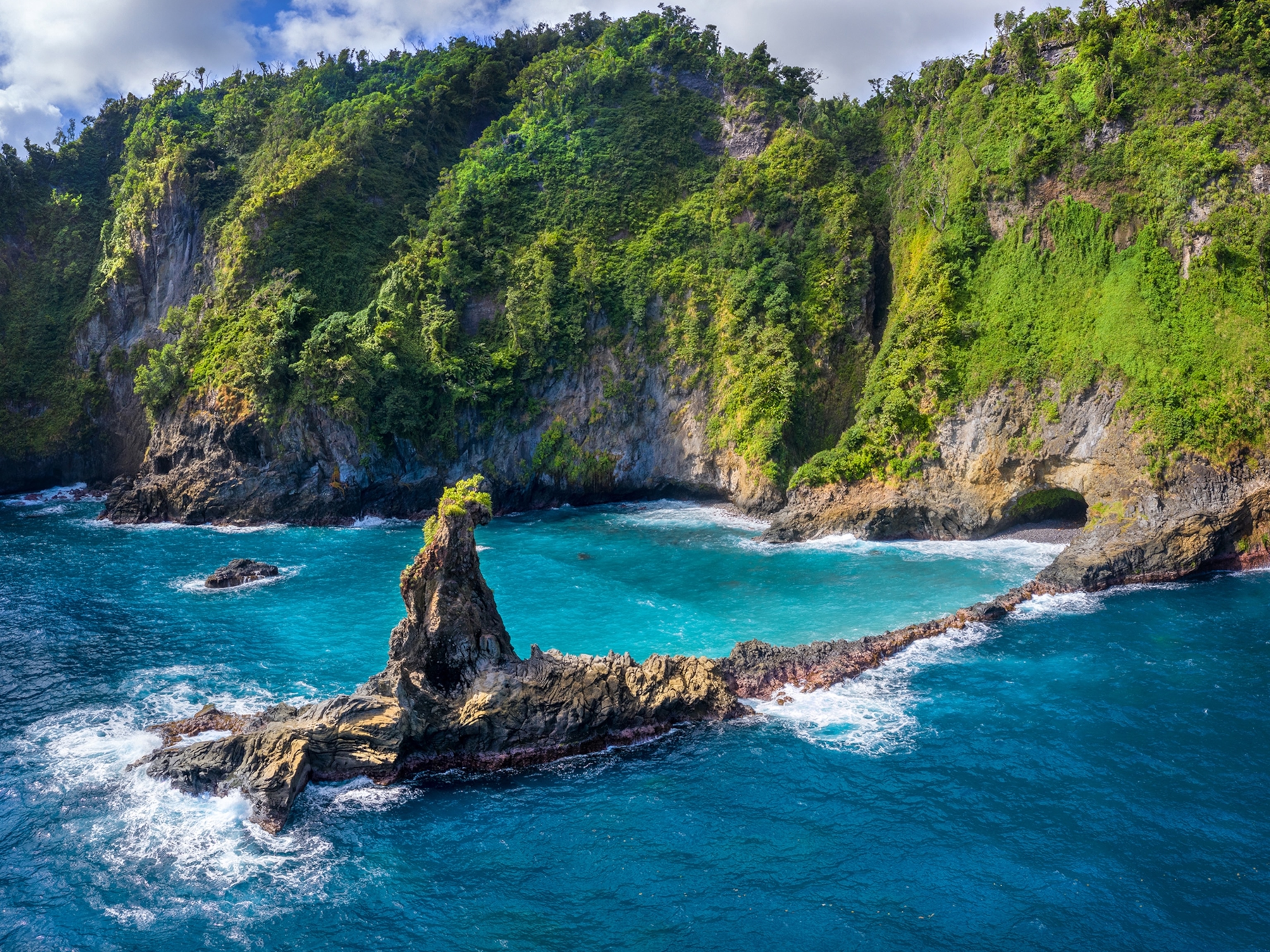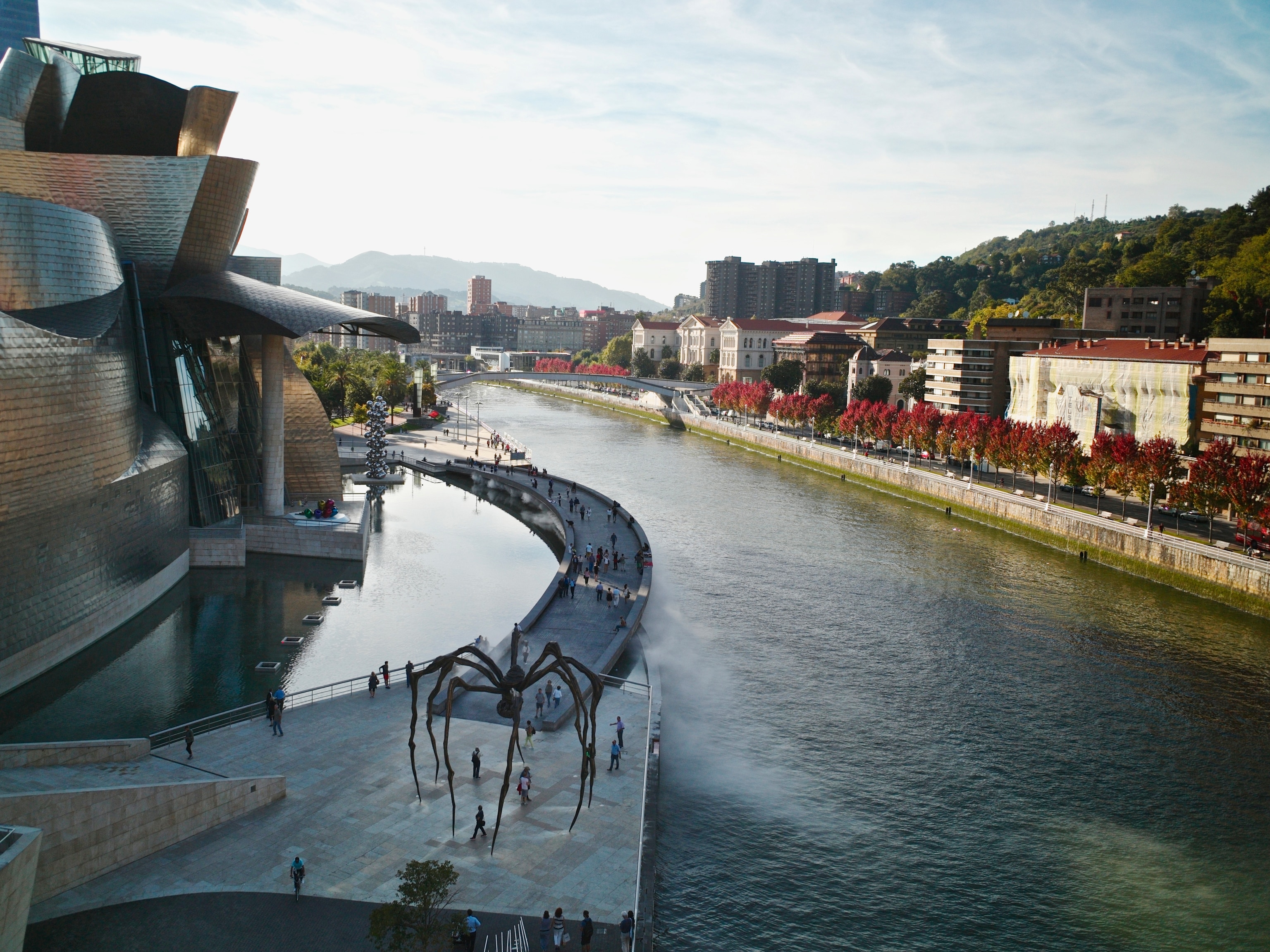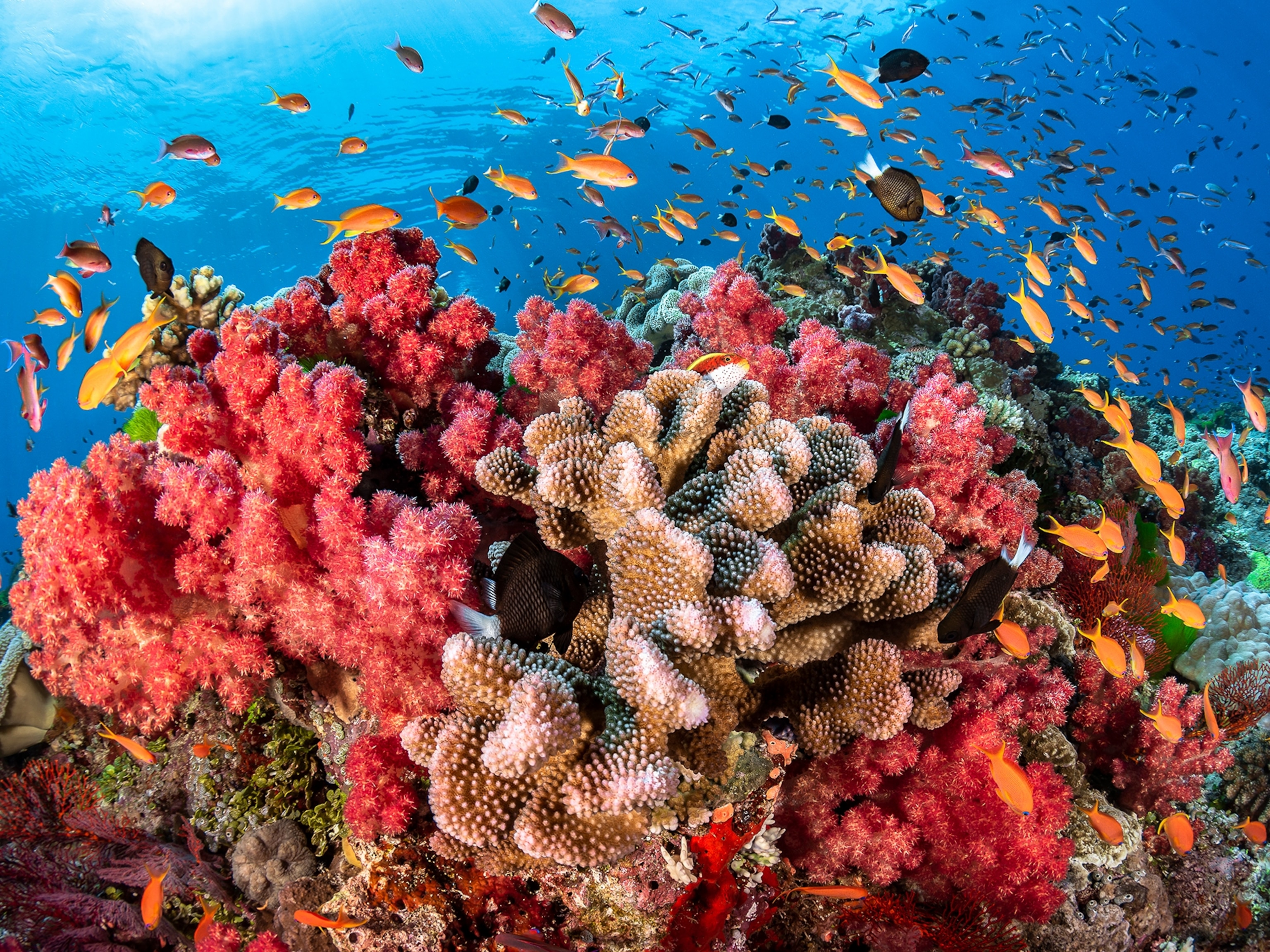
7 Old Prisons That Are Open to Visitors
Get a glimpse of the brutalities endured behind the walls of these now defunct institutions around the world.
A wooden chair sits under a spotlight in the Texas Prison Museum in Huntsville, on display in the same unassuming manner one might see a French neoclassical armchair in the Metropolitan Museum of Art. Instead of guilloches and pearls, this particular chair is adorned with leather straps, which were used to restrain the wrists and ankles of hundreds of inmates while electricity passed through their bodies. Decades after Old Sparky was retired, visitors can see the unsettling display for themselves.
Prisons, like other historical sites, provide a unique window into a country’s political history, views on crime and punishment, and laws governing freedom and human rights. Each year millions of people trickle through the shadowy halls of decommissioned prisons around the world to learn their grim histories.
Robben Island, South Africa
Located off the coast of Cape Town, this UNESCO World Heritage site has served as a leper hospital, military base, and most infamously, a maximum security prison for political prisoners during apartheid, South Africa’s state-sanctioned system of racial segregation. Robben Island’s somber history finally came to an end in the 1990s, when South Africa’s oppressive regime was dismantled and political prisoners were freed. Anti-apartheid revolutionary Nelson Mandela, who served 18 years on Robben Island, went on to become the country's first black president in its first fully representative democratic election in 1994.
Lesser known fact: Robben Island is home to a colony of African penguins, an endangered species.
How to visit: Boats travel from Cape Town to Robben Island three times a day (four during peak season), and rides take about 30 minutes each way. Tours last around four hours and cost about $23 for adults and $13 for children.
Old Melbourne Gaol, Australia
Between 1842 and 1929, Old Melbourne Gaol housed Australia’s most notorious criminals, such as bushranger Ned Kelly and serial killer Frederick Bailey Deeming. During its tenure, 133 prisoners were executed by hanging and buried in unmarked graves in the prison yard. One of the gaol’s most notable exhibits is its collection of death masks. After a prisoner was executed, his head was shaved, and plaster was applied to the face and head in order to create a mask. Historians believe the state may have created these as a power symbol—a representation of its triumph over crime. The masks were also used in the pseudoscientific study of phrenology, which held that the physical formations of the skull and face were indicative of a person’s character.
Lesser known fact: A women’s cell block wasn’t constructed until late 1864. Prior to this, women, children, and men were housed together.
How to visit: Old Melbourne Gaol is open daily from 9:30 a.m. until 5 p.m., except on Christmas Day and Good Friday, and can be easily reached via public transit. Adult admission is $19, and for children admission costs $10. Visitors should plan to spend at least one and a half hours at the site.
Alcatraz, United States
One of the most notorious prisons in the United States, the Rock was originally used as a military fortress and prison in the 1850s, and later operated as a federal penitentiary from 1934 to 1963. The prison housed prominent inmates like Al "Scarface" Capone and Machine Gun Kelly. Its secluded location surrounded by the chilly waters of the San Francisco Bay were thought to render the prison inescapable. In 1962 inmates John Anglin, Clarence Anglin, and Frank Morris tested this theory when they tucked papier-mâché heads into their beds, broke out of the main prison, and escaped the island on a raft made of raincoats. Their fate remains unknown to this day.

Lesser known fact: Each year hundreds of athletes participate in the Escape From Alcatraz Triathlon in San Francisco, a one-and-a-half-mile swim, 18-mile bike ride, and eight-mile run.
How to visit: All access to the island is through Alcatraz Cruises, which operates out of Pier 33 in San Francisco. Day and night tours are offered year-round, with the exception of some holidays. Tickets often sell out, so book in advance. Plan on spending around two hours for a full tour.
Elmina Castle, Ghana
This UNESCO World Heritage site was built by the Portuguese in 1482 on the Gulf of Guinea and is believed to be the location where Europeans first made contact with sub-Saharan Africans. Occupied by several colonial powers throughout the centuries, this trading post eventually became a significant stop in the transatlantic slave trade. Tens of thousands of Africans were captured and detained, and eventually passed through Elmina’s “door of no return” to be loaded onto slave ships and sold throughout Europe and its colonies.
Lesser known fact: Elmina Castle is one of the oldest European buildings located outside of Europe.
How to visit: Elmina Castle is easily accessible by taxi from the historic city of Cape Coast in the central region of Ghana, about three hours west of Accra. The museum is open from 9 a.m. to 4:30 p.m. daily. Admission is $10 for non-Ghanaian adults and two dollars for non-Ghanaian children.
Tuol Sleng, Cambodia
When the genocidal Khmer Rouge took power in Cambodia in 1975, this former high school was converted into Security Prison 21, a detention center that facilitated the torture and murder of thousands of people. Thirty minutes south of the prison, mutilated bodies of men, women, and children were dumped in mass graves in the Choeung Ek killing fields. After the fall of the regime in 1979, Tuol Sleng was turned into a museum to remember the victims of the genocide and the horrors inflicted by the Khmer Rouge, responsible for the deaths of an estimated 1.7 million people during its reign.

Lesser known fact: Actress Angelina Jolie is directing a new Netflix film based on the memoir First They Killed My Father: A Daughter of Cambodia Remembers by human rights activist Loung Ung, who lived under the Khmer Rouge as a child. The film is set for release in late 2016 in both English and Khmer.
How to visit: Tuol Sleng is located in the capital city of Phnom Penh and can be easily reached by tuk-tuk or taxi from the city center. Drive another 30 minutes south to the Choeung Ek Genocidal Center for a sobering history lesson.
- National Geographic Expeditions
Devil’s Island, French Guiana
This penal colony located off the picturesque Atlantic coast of French Guiana was constructed in the early 1850s under the orders of French emperor Napoleon III. For nearly a century, the colony, which spanned three islands in addition to mainland facilities, housed tens of thousands of convicted criminals and political prisoners who were banished to serve out their sentences doing hard labor. Prisoners were assigned to work camps stretching across the islands, where they spent long, strenuous hours clearing jungle, building roads, and constructing their own cell blocks. Shark-infested waters, unforgiving terrain, and the threat of tropical disease made hopes of escaping the prison’s brutal conditions a deadly task.
Lesser known fact: After 11 years on Devil’s Island, prisoner Henri Charrière escaped to Venezuela on a raft made of coconuts. His autobiography inspired the 1973 movie Papillon, starring Steve McQueen and Dustin Hoffman.
How to visit: From the capital city of Cayenne, visitors can take an hour-long bus ride to the town of Kourou. From Kourou dock, a number of boat companies offer daylong tours of the islands.
Château d’If, France
This 16th-century fortress turned prison was made famous by Alexandre Dumas’s 1844 revenge novel, The Count of Monte Cristo. The chateau’s isolated location among the strong currents of the Bay of Marseille made it an ideal location to discard religious and political prisoners. Its imposing stone walls housed prisoners in cramped, unsanitary conditions for nearly three centuries until it was closed in the late 19th century and opened to the public as a tourist attraction.
Lesser known fact: Edmond Dantès, the vengeful protagonist of Dumas’s novel, did not actually exist.
How to visit: Take a 20-minute ferry ride from the Old Port of Marseille to Château d’If. The island’s operating hours vary seasonally, so check schedules before you go. Citizens of the European Union and children under 18 get free admission to the monument itself, and adults pay about $6.
